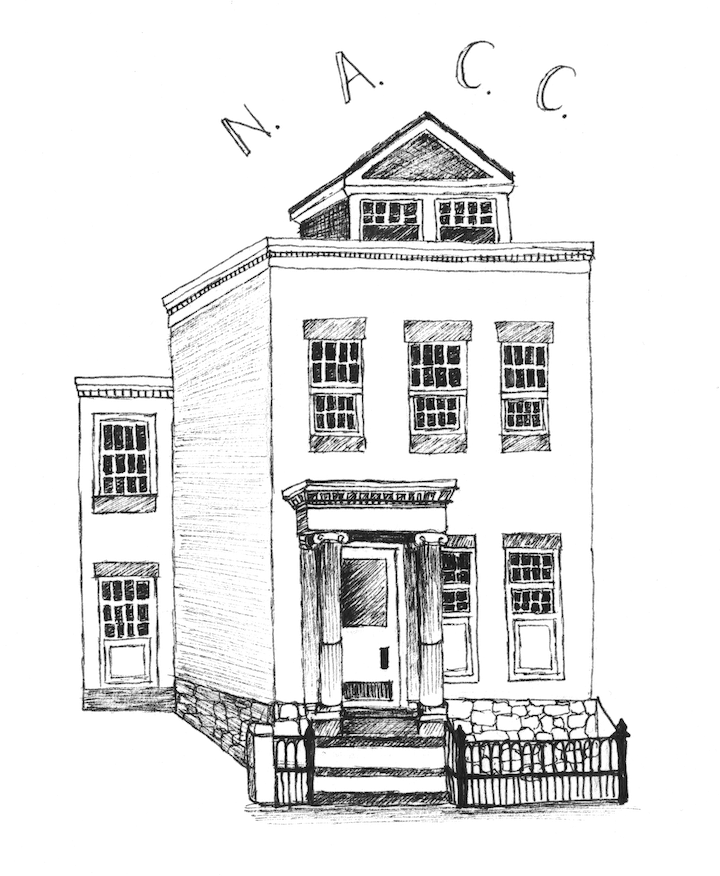
Claire Mutchnik
Meghanlata Gupta ’21 is from the Sault Ste. Marie Tribe of Chippewa Indians and works on House Staff at the Native American Cultural Center. She also serves as the Bonding Coordinator for the Association of Native Americans at Yale. A week out from Halloween, Meghanlata sat down with WKND to discuss cultural appropriation and its place in Halloweens past.
This Q&A has been edited for clarity and brevity.
Q: Can you tell me about the idea of cultural appropriation, and how you think the topic plays out on campus?
A: I see cultural appropriation as the co-opting of the traditional dress forms: within the Native community this looks like headdresses, war bonnets, people dressing up like Pocahontas or Sacagawea, wearing face paint. It’s problematic in two regards: number one, because it’s taking advantage of someone’s cultural heritage and what their traditional clothes are, but on the other hand it’s also really perpetuating a stereotype about what a Native American person looks like. I’ve also been thinking a lot about how we see people dressing up in a lot of this inappropriate wear, while at the same time actual Native people are being killed for wearing their traditional gear or practicing their traditional practices. So it’s very ironic to see people who are not Native wearing this proudly and as a joke when people who actually should be wearing it are being discriminated against.
Q: Do you have any ideas as to how to combat that lack of awareness?
A: As the Association of Native Americans at Yale, we’ve really tried to spread awareness within the Yale community about what cultural appropriation is, why it’s problematic. But, I think people are just very ignorant of Native history in general and what that looks like so they just ignore it: we’re erased, we’re invisible, in some regards, and so I think people don’t really see the actual damage they’re causing, which is horrible. We’ve done our best, and we’ll continue to do our best, and the burden always falls on us every Halloween to be sharing this message and telling people what to do. But even though we expend all this energy and labor, people are still out there wearing headdresses and dressing up like Pocahantas or things like that, and it becomes really frustrating.
It’s really difficult to feel like we, including other cultural houses, are responsible for teaching the entire Yale community about what cultural appropriation is. We have the burden of having to share information, saying, “Just don’t be offensive.” There’s that whole argument about oh, what am I going to wear now? Everything is cancelled, and I think that’s a really ridiculous argument, because there are so many different things that you can be. You can be a character from a movie, you can be a cat, one of my friends is dressing up like Steve Jobs and wearing a turtleneck and jeans. Ideas like that don’t take advantage of what someone wears and considers sacred. There are millions of them out there.
Q: What do you think would be a better solution for educating the campus other than putting the burden on the groups directly affected?
A: I think the Yale administration as a whole should maybe be more active in talking about these issues. This is about respect and the values that Yale actually strives to live by and includes in its undergraduate regulations not to cause harm to another student. I think we need to take that really seriously. I also think that the entire Yale community should be angered by this just as much as the cultural centers, just as much as the student activist groups, because this isn’t only affecting communities of color or Native communities here. This is affecting our entire Yale community. So I think there are ways to take the burden off of the cultural centers in making sure that we are all responsible and that we are all affected by this. Even if you’re not Native, you should still be calling out your friend if they are being appropriative — or if someone in your community is — because then your community is not following a value of respect.
Q: Can you talk about the 2015 Christakis email controversy and what it was like to enter Yale right after this happened? Do you still feel as though there are ramifications now?
A: I came to Yale the year after Calhoun College was renamed to Hopper, and the year that Ben Franklin and Murray opened, so there was a lot of discourse on campus about naming, what words mean, the value of changing terminology. We just saw Anthony Kronman’s exchange in the News with the Davenport Head of College, and a lot of that interaction made me think about what was happening during the 2015 “race war.” I want to stress that words and terminology have such a large impact. It doesn’t mean that we erase them from history, it actually means that we show them in the light of what they are. We should protect our students, and I think that’s an essential thing that we have to be doing now, which leads us back to cultural appropriation.
Q: Do you have anything else that you want to add?
A: I just want to add that I’m not a spokesperson for all Native American people, or all people of color, or all cultural communities here at Yale. This has just been my experience, and I’ve been very fortunate to come to Yale at a time when we’re challenging words, we’re challenging terminology. The ANAAY has been doing some great stuff, but all of the members of my community have different lived experiences with cultural appropriation. It’s so important to be highlighting those, respecting those, recognizing those, in the wake of all of our stories. I’m glad that we’re having these conversations.
Madison Hahamy | madison.hahamy@yale.edu







